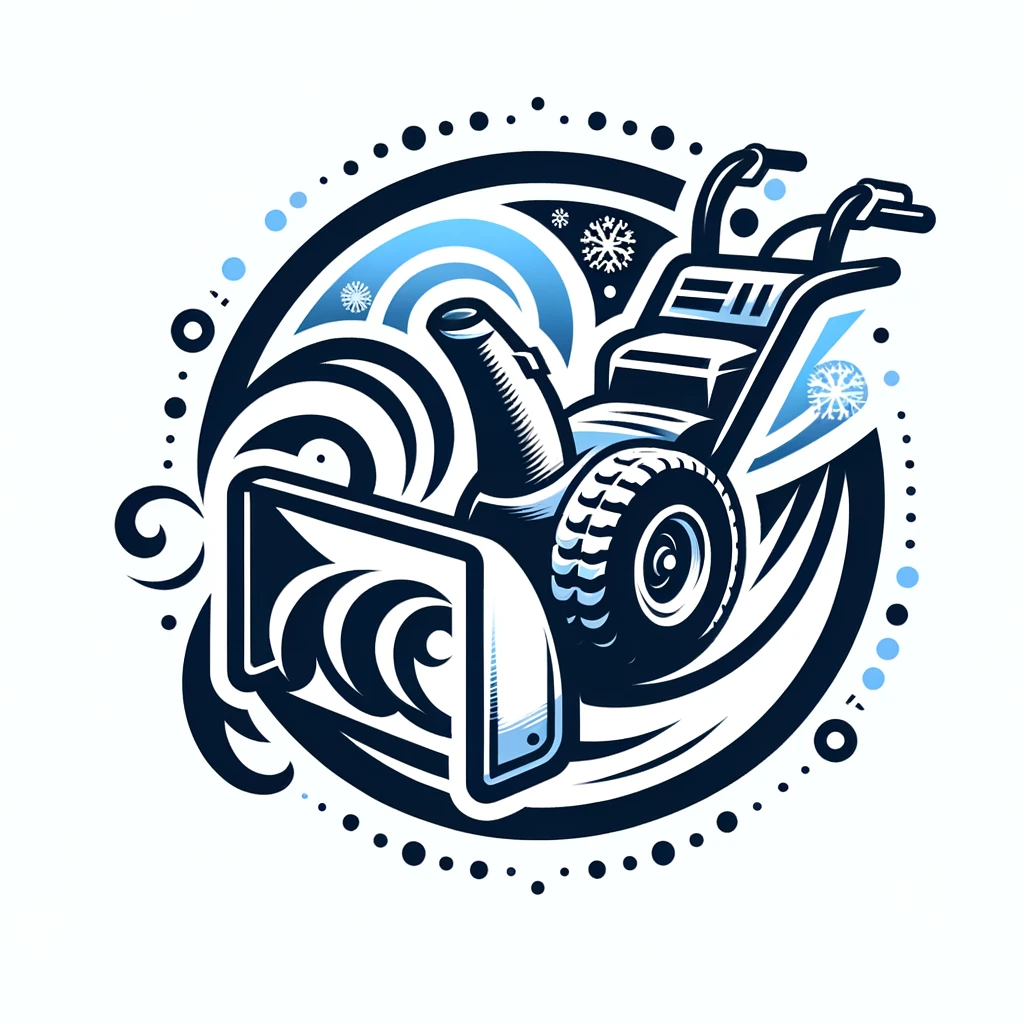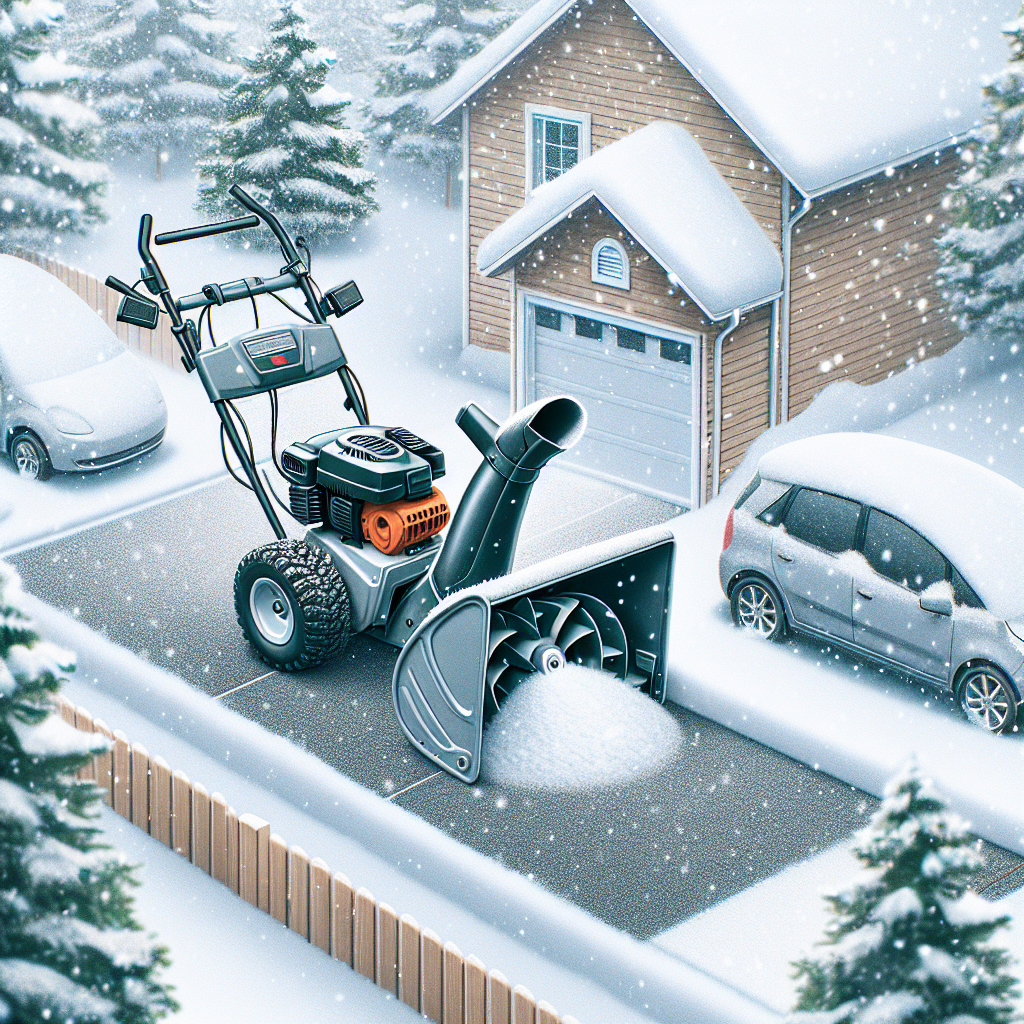Have you ever wondered about the difference between single-stage and three-stage snow blowers? When it comes to clearing away that pesky winter snow, these two machines offer distinct features. Single-stage snow blowers are smaller and more compact, making them ideal for lighter snowfalls and smaller driveways. On the other hand, three-stage snow blowers are designed to tackle heavy snow and ice with ease, thanks to their powerful augers and additional accelerator. So, whether you’re facing mild or extreme winter conditions, understanding the differences between these snow blowers will help you make the best choice for keeping your pathways clear.
Single-stage snow blowers
Definition
Single-stage snow blowers are a type of snow removal equipment designed to efficiently clear light to moderate snowfall. These machines typically consist of a single rotating auger that both scoops and propels the snow out of the chute, eliminating the need for a separate impeller. They are commonly used for clearing sidewalks, driveways, and small to medium-sized areas.
Function
The primary function of a single-stage snow blower is to remove snow from various surfaces. These machines effectively cut through the snow with their rotating auger, which breaks it up and throws it out of the chute in one motion. The auger is driven by either a gas-powered engine or an electric motor, providing the necessary power for quick and efficient snow removal.
Advantages
One of the key advantages of single-stage snow blowers is their compact size and lightweight nature. This makes them highly maneuverable and easy to use, particularly in tight spaces or on uneven terrain. Additionally, single-stage blowers are typically more affordable compared to their three-stage counterparts, making them a popular choice for homeowners with smaller areas to clear.
Disadvantages
While single-stage snow blowers are suitable for lighter snowfall, they may struggle with heavy or wet snow. The absence of an impeller means that these machines may not be as effective at throwing the snow as far, limiting their clearing capacity. Moreover, the auger may come into direct contact with the ground, which can be detrimental to surfaces such as gravel driveways.
Three-stage snow blowers
Definition
Three-stage snow blowers are heavy-duty machines designed to handle large amounts of heavy, wet, or compacted snow. These advanced snow blowers feature an additional accelerator, commonly referred to as a third stage, which further enhances their snow clearing capabilities. They are well-suited for commercial use or properties with significant snow accumulation.
Function
The function of a three-stage snow blower is similar to a single-stage model, but with the addition of a third component that accelerates the snow even further before it is discharged through the chute. This triple-stage process allows the machine to handle more challenging snow conditions and throw the snow much farther distance. The third stage accelerator ensures efficient snow clearing even in heavy snowfall.
Advantages
The primary advantage of three-stage snow blowers is their superior clearing capacity. These machines are built to tackle heavy, compacted, or wet snow that may overwhelm single-stage or two-stage blowers. The high-powered engines and robust construction of three-stage blowers enable them to handle large areas efficiently, making them ideal for commercial properties or regions with frequent and substantial snowfall.
Disadvantages
The main disadvantage of three-stage snow blowers is their relatively larger and heavier design. This can make them less maneuverable and more challenging to use in tight spaces or on uneven terrain. Additionally, three-stage blowers tend to be more expensive compared to single-stage or two-stage models, which may be a deterrent for homeowners with smaller areas to clear.
Key differences between single-stage and three-stage snow blowers
Operation
The operation of single-stage and three-stage snow blowers differs primarily in the mechanisms they use to remove snow. Single-stage blowers rely on a rotating auger to break up and propel the snow out of the chute in one motion. In contrast, three-stage blowers utilize a three-stage process which includes an accelerator to further accelerate the snow before discharge.
Clearing capacity
The clearing capacity of single-stage and three-stage snow blowers also varies significantly. Single-stage blowers are typically designed for light to moderate snowfall, and their clearing width and depth may be limited. On the other hand, three-stage blowers are specifically built to handle heavy, wet, or compacted snow, making them more efficient and effective in clearing larger areas.
Power source
While both single-stage and three-stage snow blowers can be powered by either gas engines or electric motors, the latter is more commonly found in single-stage models. Electric single-stage snow blowers are preferred by homeowners as they are more environmentally-friendly, quieter, and require less maintenance. However, three-stage blowers are generally equipped with gas engines to provide the necessary power for heavy-duty snow clearing.
Auger design
The design of the auger, the primary component responsible for snow removal, also differs between single-stage and three-stage snow blowers. Single-stage blowers typically have a single rotating auger that directly contacts the ground, making them suitable for clearing small to medium-sized areas. In contrast, three-stage blowers may have a larger and more robust auger system, incorporating additional components to improve snow intake and discharge.
Impeller design
Single-stage snow blowers do not have a separate impeller, as the auger directly propels the snow out of the chute. In contrast, three-stage blowers feature an impeller in addition to the auger and accelerator, further enhancing the snow-throwing capabilities. The impeller acts as a secondary stage, effectively increasing the distance the snow can be thrown and improving overall clearing efficiency.
Additional features
Three-stage snow blowers often come equipped with additional features not commonly found in single-stage models. These may include features such as power steering, heated hand grips, adjustable snow chutes, headlights, and drift cutters. These extra features enhance the user’s comfort and control, especially when clearing snow over extended periods or in challenging weather conditions.
Price
Price is a significant differentiating factor between single-stage and three-stage snow blowers. Single-stage blowers are generally more affordable, making them a suitable choice for homeowners on a budget or with smaller areas to clear. In contrast, three-stage blowers tend to have a higher price point due to their larger size, more powerful engines, and advanced features. They are typically purchased by commercial users or those with larger properties.
Maintenance
Maintenance requirements also differ between single-stage and three-stage snow blowers. Single-stage blowers generally have simpler designs with fewer moving parts, resulting in lower maintenance needs. Conversely, three-stage blowers with more complex mechanisms may require more regular maintenance, including oil changes, belt adjustments, and lubrication. Proper maintenance is essential to ensure the longevity and optimal performance of any snow blower.
Suitability for different snow conditions
Single-stage snow blowers are well-suited for light to moderate snowfall, making them ideal for areas with less frequent or less intense winter weather. They efficiently clear sidewalks, driveways, and smaller areas without the need for excessive power. On the other hand, three-stage snow blowers are designed to handle heavy, wet, or compacted snow, and are capable of clearing larger areas more effectively. They provide the necessary power and clearing capacity for regions with heavy snowfall or commercial properties.
Noise level
Noise level is another consideration when comparing single-stage and three-stage snow blowers. Single-stage blowers, especially electric models, are generally quieter compared to gas-powered three-stage blowers. This can be advantageous for those living in noise-sensitive areas or for users who prefer a quieter snow removal experience. However, it’s important to note that noise levels can vary among different models and brands of snow blowers.
In conclusion, single-stage and three-stage snow blowers are distinct in their design, capabilities, and suitability for different snow conditions. While single-stage blowers excel in lighter snowfall and offer maneuverability and affordability, three-stage blowers are geared towards heavy snowfall and provide increased clearing capacity and advanced features. Understanding the differences between these two types of snow blowers can help you make an informed decision when purchasing the right machine for your snow removal needs. Stay prepared for winter by choosing the snow blower that suits your requirements and ensures efficient snow clearing throughout the season.

